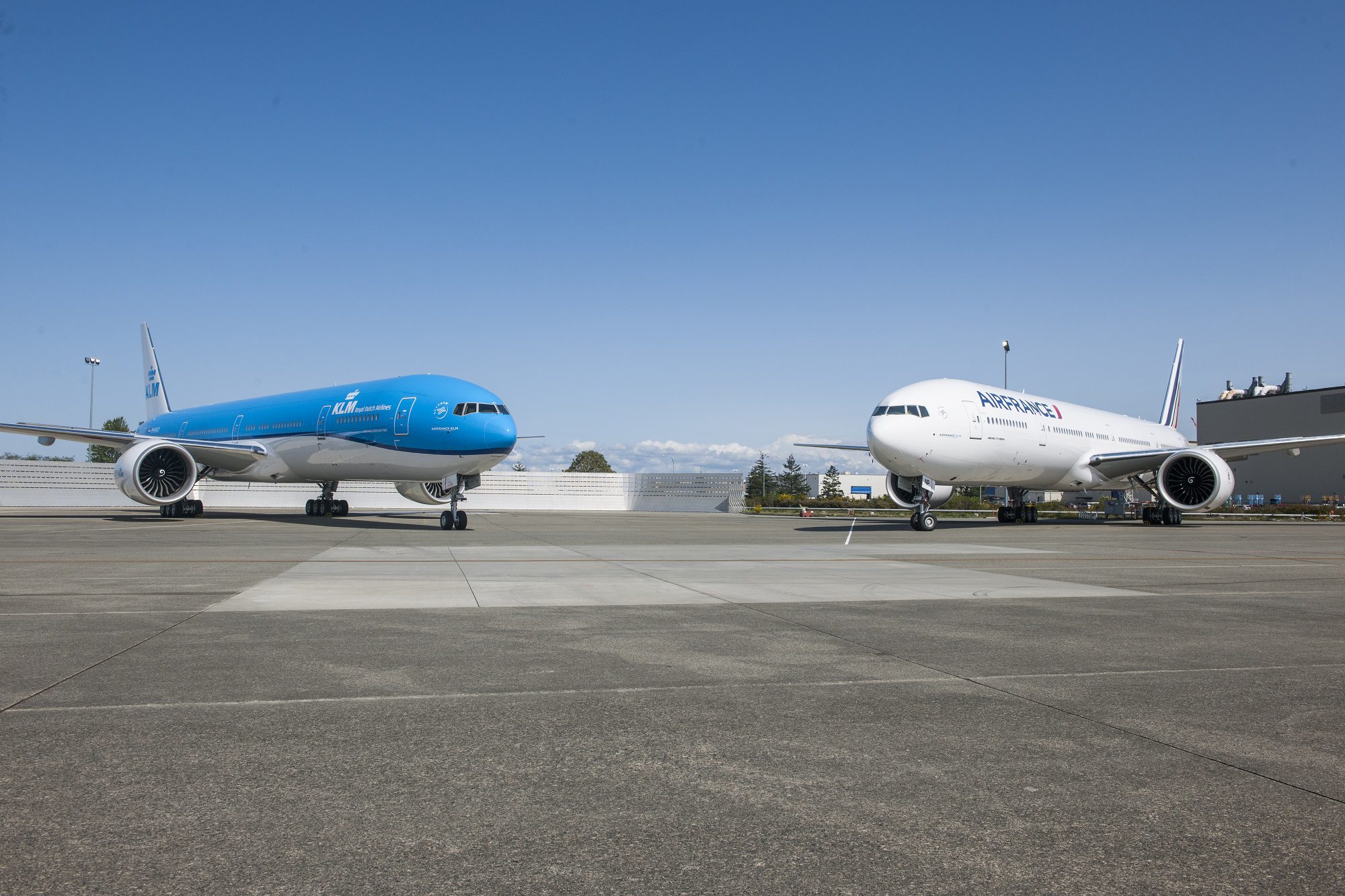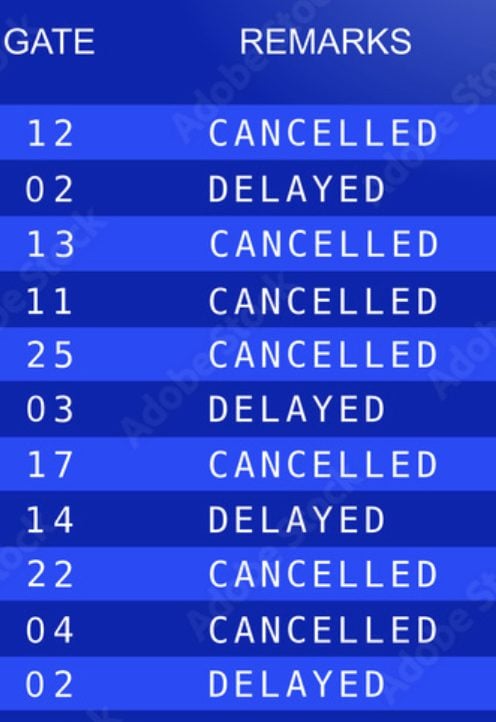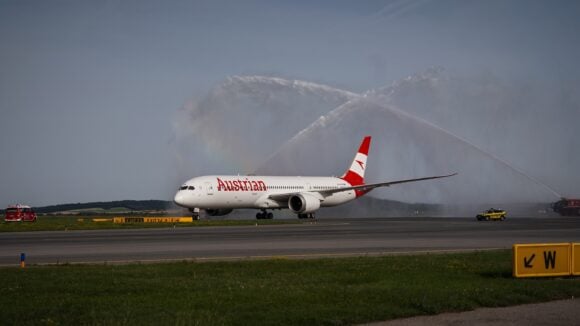
AFKL 777s nosetonose
Air France-KLM benefitted from 42 percent higher revenues from more passengers and consequently reduced its net loss in Q1 to €-344 million. The outlook for the summer is good and the group’s finances look much better since it has redeemed all remaining state aid and is securing new equity. Higher revenues make Air France-KLM’s Q1.
The consolidated net loss of €-344 million compares to €-552 million in Q1 2022. Revenues increased to €6.329 billion from €4.445 billion, but expenses were also higher to €6.043 billion from €4.224 billion. EBITDA was €286 million versus €221 million, resulting in an operating loss of €306 million versus €-350 million.
Air France versus KLM
At €3.924 billion, Air France produced higher revenues than KLM’s €2.522 billion, but the operating loss of €-181 million was higher than the €-128 million of the Dutch airline. Yet, the operating margin of -4.6 percent of Air France reflected better than -5.1 percent of KLM. Keep in mind that the two airlines benefitted from €210 million in furlough schemes in Q last year.
Air France benefitted from cost restructurings, although they need to improve French domestic operations. ATC strikes in France also impacted Air France operations. KLM’s results reflect capacity constraints at Schiphol Airport and fleet issues of its Embraer E195-E2s at KLM Cityhopper.
KLM’s Q1 capacity was up by fifteen percent compared to +23 for Air France. The two network airlines carried 32.2 percent more passengers or 15.8 million. The load factor increased by 11.5 percentage points to 85.5 percent. Long haul capacity was up by on average 19.2 percent, and that of short and medium-haul by 11.8 percent. Long-haul yields improved by 23.3 percent, with South America performing the best at +33.3 percent ahead of the Caribbean and India at 26.9 percent despite lower capacity, and North America at +22.7 percent. Economy performed a bit better than Premium at +19.2 and +17.8 percent respectively.
Transavia
Leisure airlines Transavia and Transavia France grew capacity by 38.5 percent, with the load factor up by 11.4 percent to 91.4 percent from 3.9 million passengers carried. Yields were down year on year but were better than in 2019. Revenues were up 52 percent to €378 million. Operations were impacted by ATC strikes in France and aircraft unavailability at Dutch Transavia. The latter issue has ballooned in Q2, with the carrier forced to cancel dozens of flights in recent weeks as it is short of eight aircraft. This includes three ex-Blue Air Boeing 737-800s from Air Lease Corporation, which take more time to be inducted into the fleet.
Air France-KLM and Martinair Cargo operated at 10.7 percent higher capacity as more belly space was available. In line with global trends, revenues were 26.1 percent lower to €672 million. Tonnes carried were 209 million. The maintenance business produced 11.4 percent higher revenues at €926 million.
Relieved from state aid
As announced before, Air France-KLM has now redeemed and exited all French and Dutch state-backed loans and credit facilities. Its net debt to EBITDA ratio has come down from 1.8 to 1.5 as it deleveraged the balance sheet. Liquidity stood at €9.7 billion in March, and net debt at €5.5 billion.
The group announced on Thursday that it has entered exclusive discussions with Apollo Global Management on a €500 million quasi-equity financing into an affiliate of MRO assets, which include spares. Last year, the airline secured an identical deal with Apollo on aircraft engines. As the financing will be included on the balance sheet, this will actually benefit. The group has also received several non-binding offers on quasi-equity financing supported by the Loyalty Program.
Air France-KLM is seeing very strong forward bookings for this summer. Although corporate travel is a bit slower to recover, premium travel continues to be popular. The network airlines will operate at 90 percent in Q2 and 95 percent in Q4, resulting in a full-year average of 90-95 percent for long-haul and of 85-90 percent for short and medium-haul. Additional long-haul capacity will be deployed across the network, but China will see a gradual ramp-up over the coming months.
Providing it can secure enough aircraft, Transavia plans to ramp up to 125 percent in Q2, 130 percent in Q3, and 135 percent in Q4 versus 2019 levels. The airline group isn’t sharing its financial guidance except that it expects unit costs to remain stable over 2022 and Capex to be around €3.0 billion.
Views: 31




